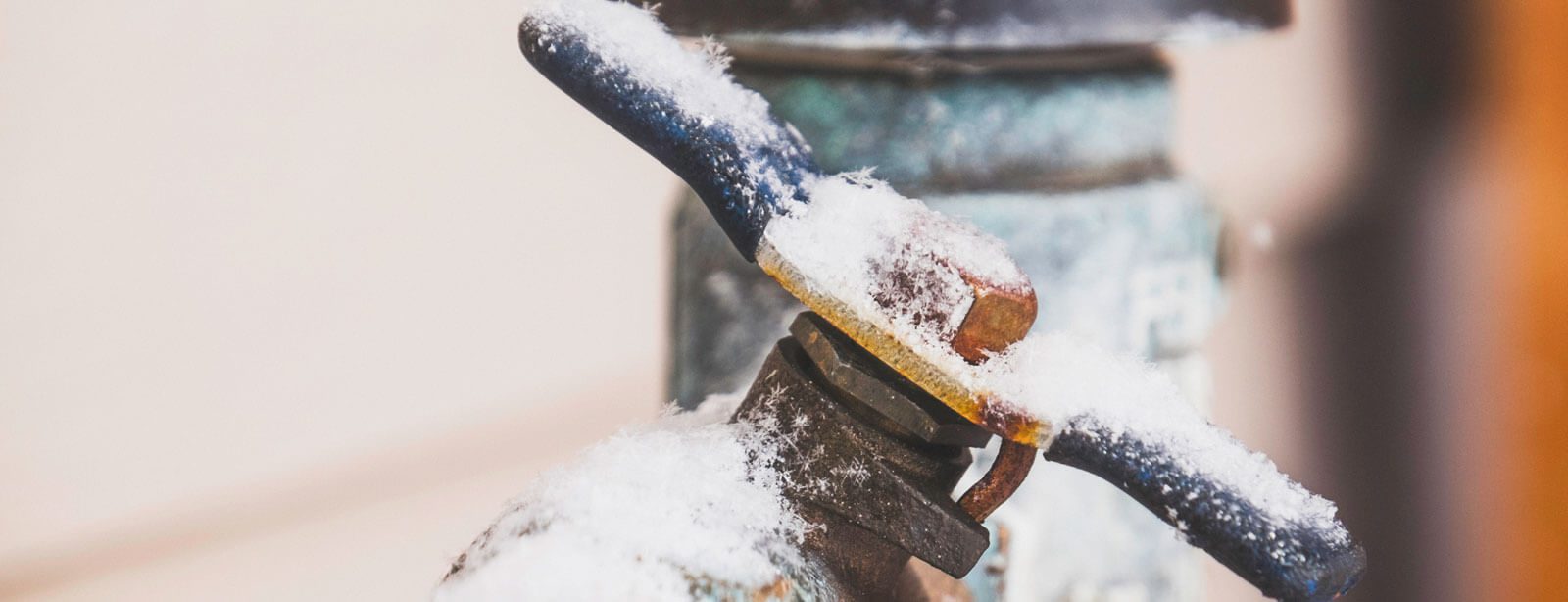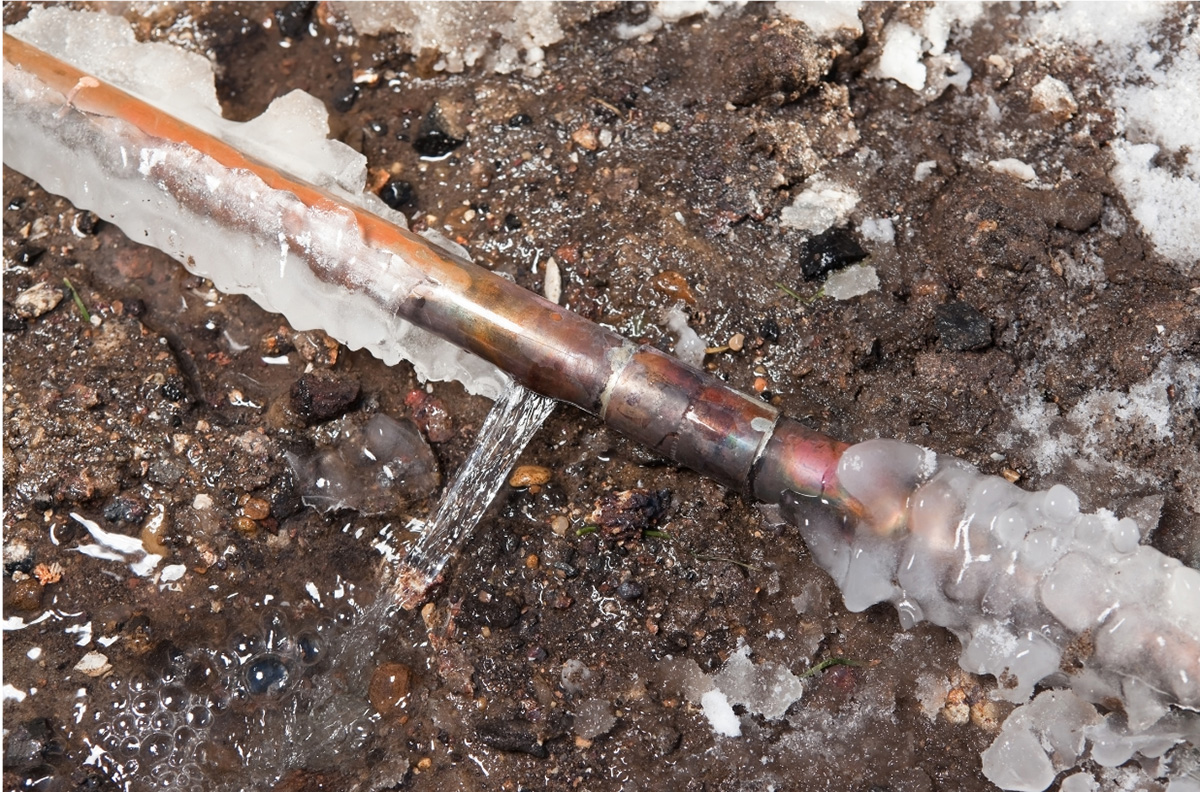Essential Advice to Protect Against Frozen Plumbing in Winter
Essential Advice to Protect Against Frozen Plumbing in Winter
Blog Article
We've stumbled upon this article relating to Preventing and dealing with frozen pipes below on the internet and figured it made perfect sense to relate it with you on this page.

Cold weather can ruin your plumbing, particularly by freezing pipes. Here's how to avoid it from occurring and what to do if it does.
Intro
As temperature levels drop, the threat of icy pipelines rises, possibly leading to pricey fixings and water damages. Understanding how to stop icy pipelines is essential for homeowners in cold environments.
Comprehending Icy Pipes
What creates pipes to freeze?
Pipes ice up when subjected to temperatures listed below 32 ° F (0 ° C) for expanded durations. As water inside the pipes freezes, it increases, taxing the pipe walls and potentially causing them to burst.
Dangers and damages
Frozen pipelines can result in water system disturbances, home damage, and costly repairs. Burst pipelines can flooding homes and trigger comprehensive structural damage.
Indicators of Frozen Pipes
Recognizing frozen pipelines early can stop them from bursting.
Exactly how to determine frozen pipelines
Seek lowered water circulation from taps, unusual odors or sounds from pipelines, and noticeable frost on subjected pipelines.
Avoidance Tips
Insulating vulnerable pipelines
Cover pipes in insulation sleeves or use heat tape to protect them from freezing temperature levels. Concentrate on pipelines in unheated or exterior locations of the home.
Home heating techniques
Maintain indoor spaces properly heated up, specifically areas with plumbing. Open cupboard doors to allow warm air to flow around pipelines under sinks.
Protecting Outside Plumbing
Yard tubes and outside taps
Detach and drain yard pipes before winter months. Install frost-proof spigots or cover exterior taps with insulated caps.
What to Do If Your Pipelines Freeze
Immediate activities to take
If you believe frozen pipes, keep taps available to soothe pressure as the ice thaws. Make use of a hairdryer or towels taken in warm water to thaw pipelines gradually.
Long-Term Solutions
Architectural modifications
Take into consideration rerouting pipes far from exterior wall surfaces or unheated locations. Include added insulation to attics, cellars, and crawl spaces.
Upgrading insulation
Purchase high-grade insulation for pipelines, attics, and walls. Correct insulation aids preserve regular temperature levels and lowers the threat of icy pipelines.
Verdict
Avoiding icy pipelines requires positive procedures and quick responses. By comprehending the causes, indicators, and preventive measures, homeowners can safeguard their pipes throughout winter.
5 Ways to Prevent Frozen Pipes
Drain Outdoor Faucets and Disconnect Hoses
First, close the shut-off valve that controls the flow of water in the pipe to your outdoor faucet. Then, head outside to disconnect and drain your hose and open the outdoor faucet to allow the water to completely drain out of the line. Turn off the faucet when done. Finally, head back to the shut-off valve and drain the remaining water inside the pipe into a bucket or container. Additionally, if you have a home irrigation system, you should consider hiring an expert to clear the system of water each year.
Insulate Pipes
One of the best and most cost-effective methods for preventing frozen water pipes is to wrap your pipes with insulation. This is especially important for areas in your home that aren’t exposed to heat, such as an attic. We suggest using foam sleeves, which can typically be found at your local hardware store.
Keep Heat Running at 65
Your pipes are located inside your walls, and the temperature there is much colder than the rest of the house. To prevent your pipes from freezing, The Insurance Information Institute suggests that you keep your home heated to at least 65 degrees, even when traveling. You may want to invest in smart devices that can keep an eye on the temperature in your home while you’re away.
Leave Water Dripping
Moving water — even a small trickle — can prevent ice from forming inside your pipes. When freezing temps are imminent, start a drip of water from all faucets that serve exposed pipes. Leaving a few faucets running will also help relieve pressure inside the pipes and help prevent a rupture if the water inside freezes.
Open Cupboard Doors
Warm your kitchen and bathroom pipes by opening cupboards and vanities. You should also leave your interior doors ajar to help warm air circulate evenly throughout your home.

As an enthusiastic reader about Helpful Tips to Prevent Frozen Pipes this Winter, I assumed sharing that article was beneficial. Sharing is nice. Helping others is fun. I take joy in your readership.
Call Today Report this page